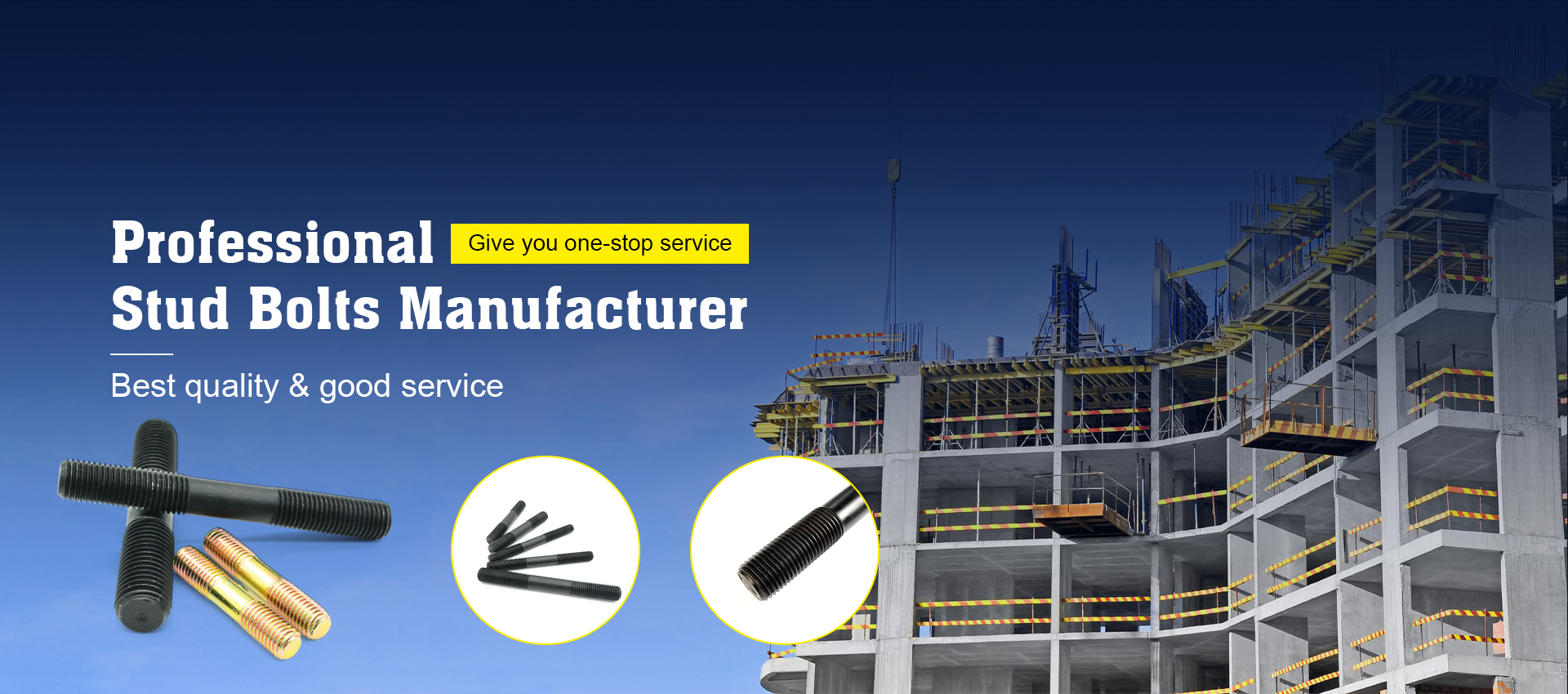best cabinetry screws
ಆಕ್ಟೋ . 12, 2024 21:29 Back to list
best cabinetry screws
The Best Cabinetry Screws A Guide to Choosing the Right Hardware for Your Project
When it comes to cabinetry, the quality and durability of your materials can make or break the final product. One often overlooked aspect is the screws used in assembly. Selecting the best cabinetry screws is crucial not only for ensuring structural integrity but also for achieving a polished look. This article will guide you through the essential factors to consider when choosing cabinetry screws.
Types of Cabinetry Screws
1. Wood Screws These screws are specifically designed for woodworking applications. They have sharp tips that allow them to easily penetrate wood without splitting. When choosing wood screws, look for those with a coarse thread, which provides better grip in the material.
2. Cabinet Screws These are heavy-duty screws typically made from steel. They often have a washer head that increases the bearing surface and helps to distribute the load evenly. Cabinet screws are ideal for attaching cabinets to walls or for securing multiple cabinet pieces together.
3. Pocket Hole Screws If you are using a pocket hole jig for your cabinetry project, you will need pocket hole screws. They are specifically designed with a flat head and a fine thread, providing a strong joint without the need for additional clamping.
4. Self-Tapping Screws These screws are effective for drilling into metal or other hard materials without pre-drilling a hole. Self-tapping screws can be beneficial if your cabinetry involves metal brackets or frames.
Materials and Coatings
best cabinetry screws

The material and coating of cabinetry screws significantly influence their performance and lifespan. Stainless steel screws are corrosion-resistant and suitable for kitchens and bathrooms. Alternatively, zinc-coated screws offer moderate rust resistance and are often more economical. Be sure to select screws with a finish that matches your cabinetry to maintain a cohesive aesthetic.
Length and Diameter
The length and diameter of screws are vital considerations. Generally, a screw should penetrate at least 1 inch into the material you are fastening to ensure adequate holding strength. For thicker materials, you might need longer screws. Additionally, ensure the diameter is suitable for the application; screws that are too thick can split the wood, while those that are too thin may not provide enough support.
Head Styles
The head style of the screw can affect both functionality and appearance. Common head styles include flat, round, and pan. Flat heads are often used for countersinking, providing a smooth finish flush with the surface. Round heads are helpful for applications where the screw will be exposed, as they add a decorative touch.
Final Thoughts
In conclusion, choosing the best cabinetry screws involves understanding the types, materials, lengths, and styles available. Investing in high-quality screws will not only enhance the strength of your cabinets but also contribute to a professional finish. As with any project, taking the time to gather the right tools and materials can lead to stunning results that not only meet your practical needs but also elevate the overall aesthetic of your space. Whether you're renovating a kitchen or building custom cabinets, don’t overlook the importance of selecting the right screws for your craftsmanship.
Latest news
-
Durable Bolts for Lawn Mower Handle - Top Supplier & Manufacturer
NewsAug.22,2025
-
High-Quality Bolts for Lawn Mower Handle Supplier & Manufacturer
NewsAug.21,2025
-
Reliable Axle Nuts Supplier | High-Quality Automotive Parts
NewsAug.19,2025
-
Premium Wire Bolts Suppliers | Durable & Reliable Fasteners
NewsAug.18,2025
-
Leading Metric Wood Screw Companies & Manufacturers
NewsAug.17,2025
-
Top Wire Bolts Suppliers - Quality & Durable Fasteners
NewsAug.15,2025
